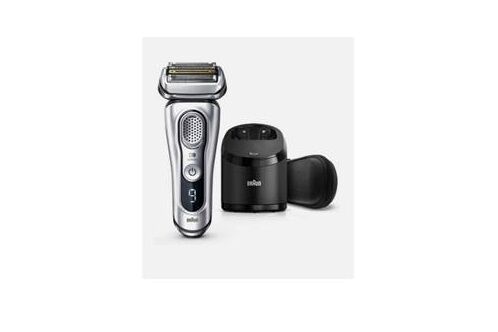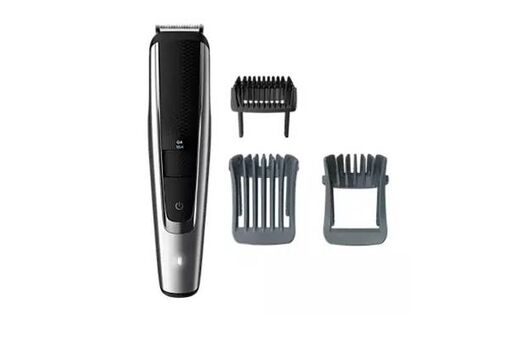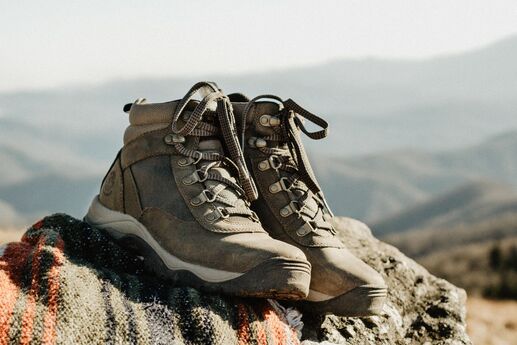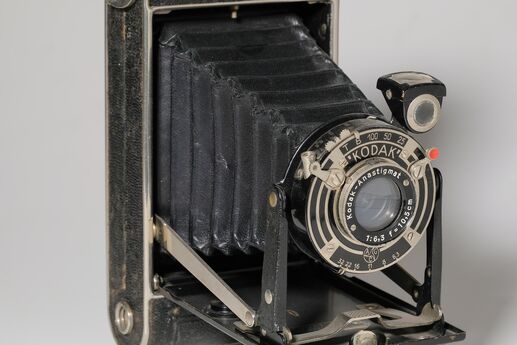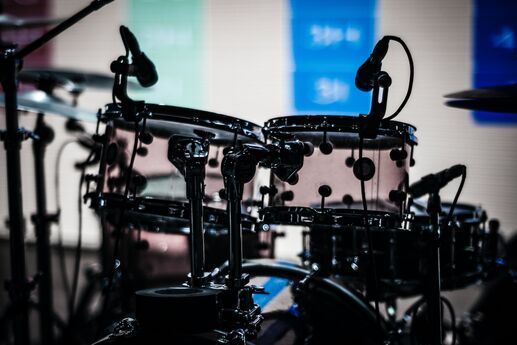Product Review: Braun Series 9 Pro Electric Shaver
Introduction
The Braun Series 9 Pro Electric Shaver Model 9477cc is the pinnacle of shaving technology, offering a premium grooming experience for the modern man. With its cutting-edge features, ergonomic design, and exceptional performance, this electric shaver promises a close and comfortable shave like no other. In this review, we will explore the key features, benefits, and overall performance of the Braun Series 9 Pro.
Design and Ergonomics: Right out of the box, the Braun Series 9 Pro 9477cc impresses with its sleek and premium design. The shaver has a solid build quality, featuring a combination of chrome and black accents that exude elegance. The ergonomic grip ensures a secure hold, providing precise control during shaving sessions. The shaver also comes with a clean and charge station that doubles as a storage case, adding convenience to the overall package.
Advanced Shaving Technology: Equipped with cutting-edge technology, the Braun Series 9 Pro 9477cc delivers an unparalleled shaving experience. The intelligent SyncroSonicTM technology adapts to the contours of your face, capturing even the most stubborn hairs with ease. The 10-D flexible shaving head effortlessly navigates along the jawline, neck, and chin, resulting in a close and irritation-free shave. The micro-vibrations of the shaver's ActiveLiftTM trimmer effectively lift flat-lying hairs, ensuring no hair is left behind.
Exceptional Performance: The performance of the Braun Series 9 Pro 9477cc is truly remarkable. The five specialized shaving elements work in harmony to provide a thorough shave in a single stroke, reducing the need for repetitive passes over the same area. The precision trimmer attachment is perfect for grooming sideburns and shaping facial hair, allowing for versatility in styling. The shaver is also suitable for wet and dry shaving, providing flexibility according to personal preferences.
Intelligent Clean and Charge Station: One standout feature of the Braun Series 9 Pro 9477cc is the clean and charge station that accompanies it. After each use, the shaver can be placed in the station, which automatically cleans, lubricates, and charges the device. This ensures optimal hygiene and extends the longevity of the shaver. The station also has a fast cleaning mode, which cleans the shaver in just a few minutes when you're in a hurry. This convenient addition makes maintenance a breeze and enhances the overall user experience.
Battery Life and Quick Charge: The Braun Series 9 Pro 9477cc boasts a powerful lithium-ion battery that provides up to 60 minutes of cordless shaving on a full charge. This impressive battery life is ideal for frequent travelers or individuals who prefer longer grooming sessions. Additionally, the shaver features a quick charge option that delivers enough power for a single shave in just five minutes, perfect for those moments when time is of the essence.
Conclusion
The Braun Series 9 Pro Electric Shaver Model 9477cc surpasses expectations and sets a new standard for electric shavers. Its advanced technology, exceptional performance, and intelligent cleaning station make it a top choice for discerning gentlemen. Whether you have sensitive skin, dense facial hair, or a desire for precise grooming, this shaver delivers on all fronts. Invest in the Braun Series 9 Pro 9477cc, and experience the epitome of shaving excellence.




